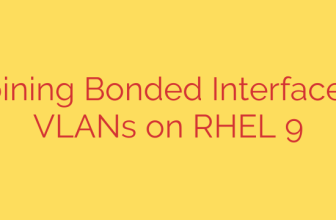
Unlocking the Power of Large Language Models Right on Your Computer
In today’s fast-paced world of artificial intelligence, large language models (LLMs) are at the forefront of innovation. These powerful AI models can generate text, answer questions, write code, and much more. While many people interact with these models through cloud-based services, there’s a growing desire to run them locally. This approach offers significant advantages in terms of privacy, speed, and cost-effectiveness.
Running these complex models locally used to be a daunting task, often requiring deep technical knowledge to set up environments, manage dependencies, and configure hardware. However, new tools are emerging that dramatically simplify this process, making powerful AI accessible to everyone.
One such solution is designed to make running LLMs locally as straightforward as possible. It acts as a unified framework that streamlines the entire workflow. Instead of manually downloading models, setting up complex software environments, and figuring out compatibility issues, this tool provides a simple command-line interface and an API to manage and interact with various models.
Imagine being able to download and run models like Llama 2, Mistral, or Code Llama with just a single command. This tool allows you to do exactly that. It handles the heavy lifting, from downloading model weights to setting up the necessary runtime environment, including GPU acceleration if available. This means you can leverage the power of your own hardware for faster inferences and greater control over your data.
The benefits of running LLMs locally are numerous. Data privacy is paramount; your prompts and generated text stay on your machine, away from third-party servers. For developers, it enables offline development and testing, allowing experimentation without constant internet connectivity. It also provides a cost-free way to experiment with different models and configurations, unlike pay-per-use cloud services. Furthermore, local execution often results in lower latency, leading to quicker responses, especially for repetitive tasks or interactive applications.
Setting it up typically involves a simple download and installation process. Once installed, discovering and running models is intuitive. You can easily pull models from a public library or even import your own. The tool manages different model versions and dependencies, ensuring compatibility and stability. For integration into applications, it offers a robust API, allowing developers to incorporate local LLM capabilities into their software with relative ease.
Whether you are an AI enthusiast, a developer, a researcher, or just curious about what these models can do, running them locally opens up a world of possibilities. It empowers you to experiment freely, maintain control over your data, and unlock the full potential of your hardware. By simplifying the technical hurdles, this tool is playing a key role in democratizing access to the latest advancements in large language models, putting powerful AI capabilities directly into your hands.
Source: https://collabnix.com/ollama-complete-guide-how-to-run-large-language-models-locally-in-2025/








